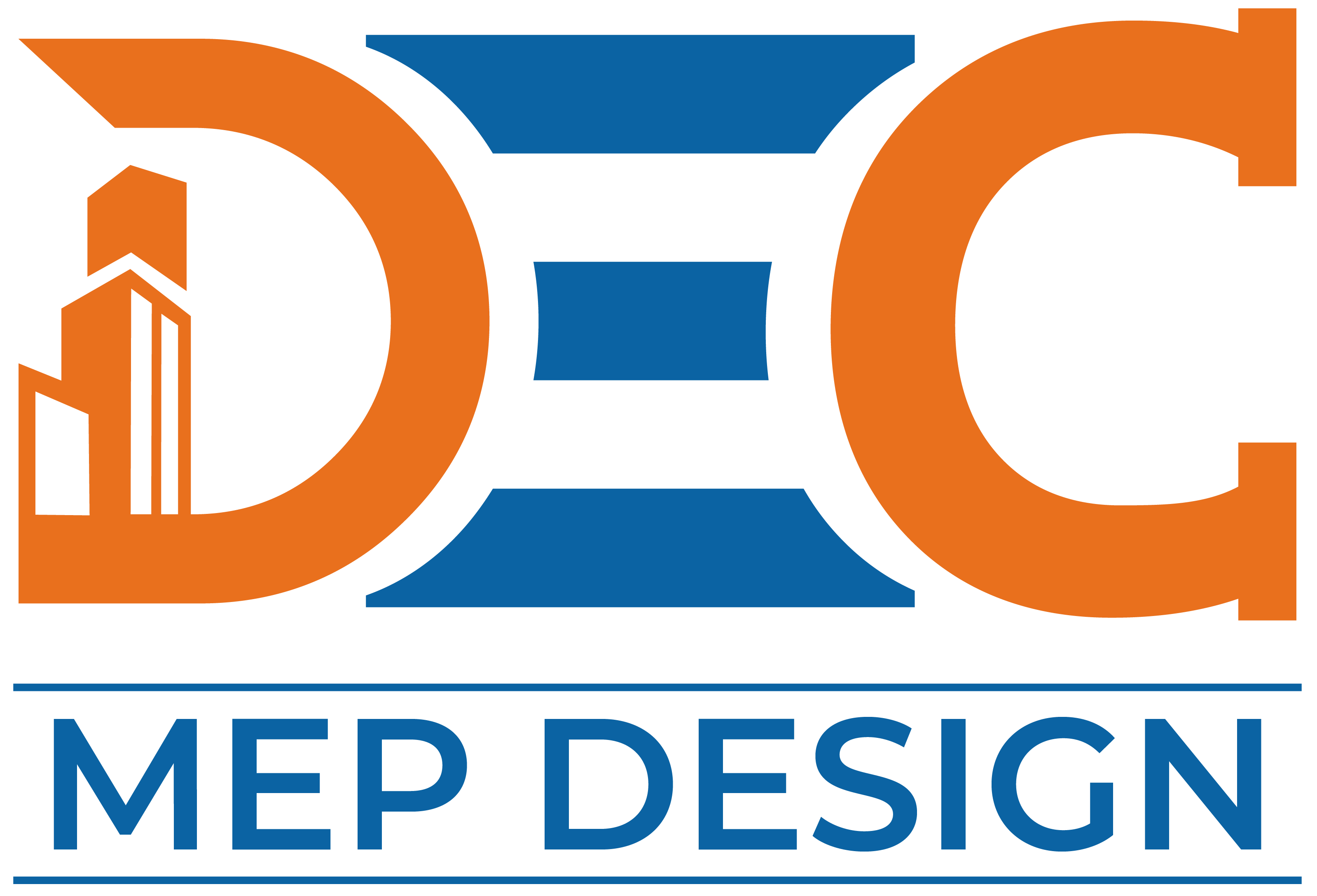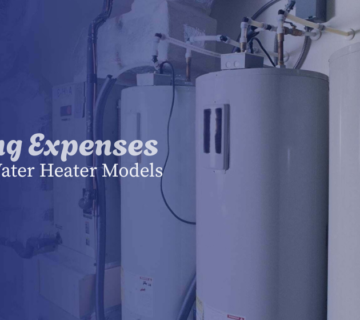Improving HVAC Efficiency in Commercial Buildings with Variable Frequency Drives
Energy efficiency is a major concern in today’s busy world to increase HVAC systems in commercial buildings. With the increase in energy prices and environmental issues, building owners and property managers are looking for measures to cut energy consumption without renunciation and performance. One of them is the use of variable frequency drives (VFDs) in the HVAC (heating, ventilation, and air conditioning) systems. They provide an innovative means of increasing the energy efficiency of the HVAC system with a decrease in customized performance and operation. In this blog, we are going to learn how VFDs can use HVAC efficiency, their advantages, and how to use HVAC in commercial buildings.
What is a Variable Frequency Drive?
A variable frequency drive (VFD) is an electronic drive that replaces the frequency and voltage supplied to electric motors to control their speed and torque. VFDs are mostly used to control the speed of fans, pumps, and compressors in HVAC systems, which are the major elements of the system. Traditional HVAC systems usually work at a constant speed, which wastes energy when the system is reduced. With the use of VFDs, the HVAC system can optimize its operation according to real-time demand, making it more energy efficient.
How Do VFDs Improve HVAC Efficiency?
- Accurate control of motor speed, VFD enables HVAC motors to operate at variable speed, compatible with the unique needs of the system. It removes the requirement for constant complete speed operation, which is common in traditional systems. For example, in an HVAC system with a fan or pump, speed can be reduced during off-peak or low airflow requirements.
- Consumption of low energy is proportional to the energy required by a motor. Even a short speed reduction can cause adequate energy savings. For example, reducing the speed of a fan from 100% to 80% can reduce energy consumption by up to 50%. This decrease in energy use is especially important in commercial buildings with large HVAC systems that work for a long time.
- Low mechanical wear and frequent speed HVAC systems undergo excessive wear and tears through high startups and shutdown rates, which increase maintenance expenses and system downtime. VFDs reduce mechanical wear on motors through a gentle acceleration and recession process.
- The additional advantage of VFDs is that they can increase the level of comfort within the building, which can enable them to separate airflows to meet real-time demands rather than using fans at a fixed speed. Separate temperature and humidity control is available with this switch, which dynamically controls indoor air quality so that the HVAC system only works as much as it is required.
- Green Building Compliance. Most commercial buildings are required to meet certain environmental and energy standards, for example, LEED (Leadership in Energy and Environmental Design) or BREEAM (Building Research Establishment Environmental Assessment Method). Installing VFD in HVAC systems can contribute to the creation of qualifications of the owners for these certificates, demonstrating their dedication to stability and energy efficiency.
How to apply VFD to improve HVAC in commercial buildings?
- System Evaluation: A commercial HVAC system involves properly evaluating the current system in the initial process of incorporating VFDs. This involves looking at motor size and type, energy consumption patterns, and the overall system performance. An expert HVAC professional or engineer can help determine which parts of the system will be best served by the inclusion of VFD.
- Selecting the Right VFDs: Following the evaluation, the process of choosing the appropriate VFDs for the application comes into play. Various VFDs are available to cater to different motor types, and hence, it is important to pick one that can support the motor specifications and operational conditions. The features of a VFD, including the capability to support variable loads and particular environmental conditions, need to be taken into account as well.
- Installation and Integration: Installation of a VFD entails replacing or upgrading existing motor controllers with VFDs. This entails technical skills in electrical systems as well as HVAC design to guarantee compatibility and effectiveness. It is important to have a skilled technician to undertake installation and integration to prevent issues and guarantee that the system runs optimally.
- Monitoring and Maintenance: After installing the VFDs, regular monitoring is important to keep the system’s performance efficient. The majority of VFDs include built-in diagnostic capabilities to enable operators to monitor energy usage, motor performance, and system health. Regular maintenance and timely upgrades will ensure the HVAC system keeps running at optimal efficiency.
Conclusion
The introduction of Variable Frequency Drives into HVAC systems offers a compelling potential to enhance HVAC in commercial facilities to be more energy-efficient, lower costs, and provide better system reliability.
VFDs save energy by allowing accurate control of motor speed, lower mechanical wear and tear, and encouraging higher comfort for building occupants. With the world moving toward sustainability and energy conservation more and more, VFDs offer an easy yet efficient way for building owners who want to tune their HVAC systems while helping shape a better world. With accurate installation, regular checks, and maintenance, VFDs can reap long-term rewards for the environment and the bottom line.
We specialize in delivering tailored MEP solutions that boost performance, reduce operational costs, and support sustainable building goals. Whether you’re planning a new project, upgrading your systems, or exploring VFD integration, our experienced team is here to guide you every step of the way.
How-To: Implement Variable Frequency Drives in Your Commercial HVAC System
- Conduct a System Assessment
Evaluate your current HVAC system’s layout, motor sizes, energy consumption patterns, and performance.
Identify components with variable load demands (e.g., fans, pumps, compressors) where VFDs will be most beneficial. - Consult with an HVAC Professional
Work with an experienced HVAC engineer or technician to determine compatibility and the scope of VFD integration.
They will help assess load requirements and calculate potential energy savings. - Select the Right VFDs
Choose VFDs that match your motor types (single-phase, three-phase), voltage ratings, and load profiles.
Look for features like overload protection, energy monitoring, and compatibility with building automation systems. - Plan for Installation
Schedule downtime or off-peak hours for installation to minimize disruption.
Ensure proper ventilation and space around the VFDs for cooling. - Install and Integrate
Replace or retrofit existing motor starters/controllers with VFDs.
Integrate with your Building Management System (BMS) or automation controls if applicable. - Test the System
Run the system under different load conditions to ensure VFDs are operating properly.
Adjust parameters such as acceleration/deceleration rates, minimum/maximum frequencies, etc. - Monitor and Maintain
Use built-in diagnostics to track energy savings, temperature, voltage, and performance data.
Schedule periodic maintenance to clean components and update firmware for longevity.
Frequently Asked Questions
VFDs offer several advantages, including reduced energy consumption, extended equipment life, smoother motor operation, improved temperature/humidity control, and compliance with green building standards.
VFDs are most effective on equipment with variable load demands such as fans, pumps, and compressors. They are not typically needed for constant-speed or fixed-load equipment.
Yes — positively. VFDs enhance comfort by allowing more precise control of airflow and temperature. This leads to more stable indoor conditions and better air quality. speed and power.
Energy savings vary by application, but even a 20% reduction in motor speed can result in up to 50% savings in energy usage due to the cube-law relationship between speed and power.
Absolutely. Many older systems can be retrofitted with VFDs. However, an assessment is needed to ensure compatibility and determine necessary modifications.
VFDs are low-maintenance devices, but should be checked periodically for dust buildup, overheating, firmware updates, and performance anomalies.





No comment